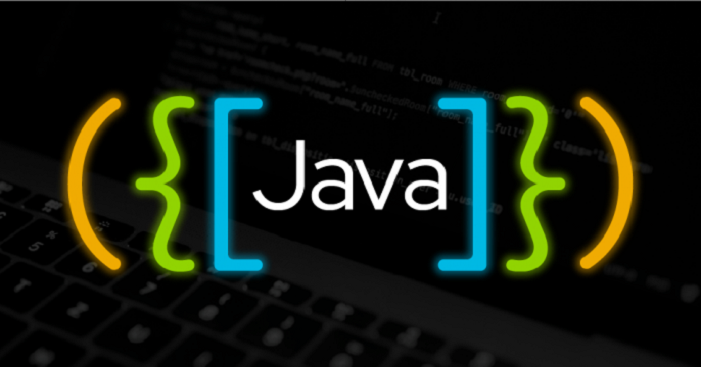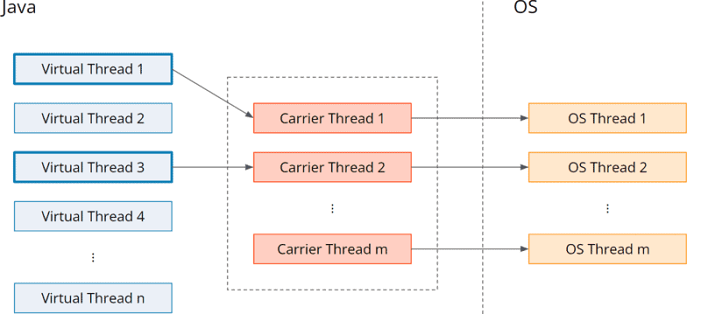Virtual Thread Performance: Unveiling the Truth Beyond the Buzz

In the ever-evolving world of software development, new technologies and paradigms frequently emerge, each promising to revolutionize the way we build and run applications. One such innovation that’s been making waves is the concept of virtual threads.
Touted as the next big thing in concurrent programming, virtual threads have sparked significant buzz in the tech community. But beyond the hype, what is the real impact of virtual threads on performance? In this blog post, we’ll demystify virtual thread performance and uncover the truth beyond the buzz.
What Are Virtual Threads?

Virtual threads, introduced in languages like Java with Project Loom, are lightweight threads that allow developers to write concurrent code more efficiently. Unlike traditional threads, which are managed by the operating system, virtual threads are managed by the JVM (Java Virtual Machine) itself. This enables a higher degree of concurrency without the heavy overhead associated with OS-managed threads.
The Hype Around Virtual Threads
Virtual threads have been praised for their potential to simplify concurrent programming. Traditional threading models can be complex and resource-intensive, often requiring careful management to avoid issues like thread starvation and context switching overhead. Virtual threads promise to mitigate these problems by offering:
- High Concurrency: Virtual threads can scale to thousands, even millions, of concurrent tasks, making them ideal for applications that require high levels of concurrency, such as web servers and real-time systems.
- Ease of Use: Developers can write synchronous code that behaves asynchronously under the hood, eliminating the need for complex thread-pooling logic and callbacks.
- Resource Efficiency: Virtual threads are lightweight, reducing memory consumption and CPU overhead compared to traditional threads.
The Reality of Virtual Thread Performance
While the advantages of virtual threads are compelling, it’s important to look beyond the buzz and examine their real-world performance. Here are some key considerations:
- Context Switching Overhead: One of the main benefits of virtual threads is the reduction of context switching overhead. However, this doesn’t mean that context switching is eliminated entirely. The performance gain depends on how well the JVM manages these virtual threads and how efficiently it can schedule and switch between them.
- Blocking Operations: Virtual threads shine in scenarios where threads are often blocked, such as I/O operations. Since virtual threads are decoupled from OS threads, blocking a virtual thread doesn’t block an entire OS thread, allowing other virtual threads to continue executing. However, in CPU-bound tasks where there is little blocking, the performance benefits of virtual threads might be less pronounced.
- JVM Optimization: The performance of virtual threads is heavily reliant on the JVM’s ability to optimize and manage them effectively. As this is a relatively new feature, JVM implementations and optimizations are still evolving. Performance can vary depending on the JVM version, configuration, and the specific workload.
- Compatibility and Migration: Migrating existing applications to use virtual threads can be straightforward, but it’s not always without challenges. Certain legacy codebases or libraries may not be fully compatible with virtual threads, requiring additional effort to ensure seamless integration.
Benchmarks and Real-World Use Cases
Early benchmarks and real-world use cases suggest that virtual threads can indeed provide significant performance improvements, particularly in applications with high concurrency requirements and many blocking operations. However, the gains are not universal; some workloads might see marginal improvements or even negligible differences compared to traditional threading models.
For example, a web server handling a large number of simultaneous connections can benefit greatly from virtual threads, as it can efficiently manage each connection with minimal overhead. On the other hand, a computationally intensive application with little I/O might not see the same level of performance boost.
Conclusion
Virtual threads represent a promising advancement in concurrent programming, offering the potential for higher concurrency and resource efficiency. However, it’s essential to approach the technology with a clear understanding of its strengths and limitations. While the buzz around virtual threads is well-deserved, the real-world performance gains depend on various factors, including the specific use case, JVM optimization, and the nature of the workload.
As virtual threads continue to mature, they will likely become a valuable tool in the developer’s arsenal, especially for applications that demand high concurrency. But like any tool, their effectiveness depends on how they are used. By demystifying virtual thread performance and looking beyond the buzz, developers can make informed decisions about when and how to leverage this exciting new technology.




